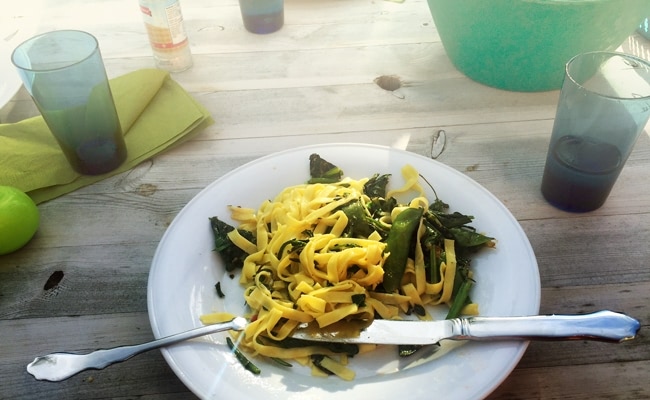On a sunny day at the beginning of September two Swedish gentlemen ate pasta on a deck with a wonderful view over the Ume river. There would be nothing special about it if not for the main ingredient of the meal: CRISPRy cabbage, served for the first time in the world.
CRISPR-Cas9 stands for clustered regularly interspaced short palindromic repeats. This complex name describes a third way of genetical modification of plants alongside with radiation and the use of agrobacterium. GMO, in which inserting a foreign DNA plays a major role, has been forbidden by EU law. The CRISPPR-Cas9 however does not introduce any kind of DNA into the plant – it works like genetic scissors, removing the short segments from it.
Stefan Jansson, professor in Plant Cell and Molecular Biology at Umeå University behind the research, says: “The exact same change can also occur spontaneously – not targeted and on purpose like in this case – which has meant that the big question is whether these plants should be considered genetically modified (GMO) or not”.
In November 2015 the Swedish Board of Agriculture agreed that CRISPRy vegetables are not considered GMO and can be cultivated freely. In spring 2016 American authorities stated the same.
Why is it that important? Using CRISPR-Cas9 method is aimed to minimize the need of pesticides, water and ferilizers in agriculture.
While waiting for the decision to be made worldwide, you can try tagliatelle with CRISPRy fried vegetables from Mr Jansson’s own recipe if you’re in Sweden.
Source: Umeå University, Prof. Stefan Jansson's Blog.
Image: Stefan Jansson

Share your thoughts and join the technology debate!
Be the first to comment